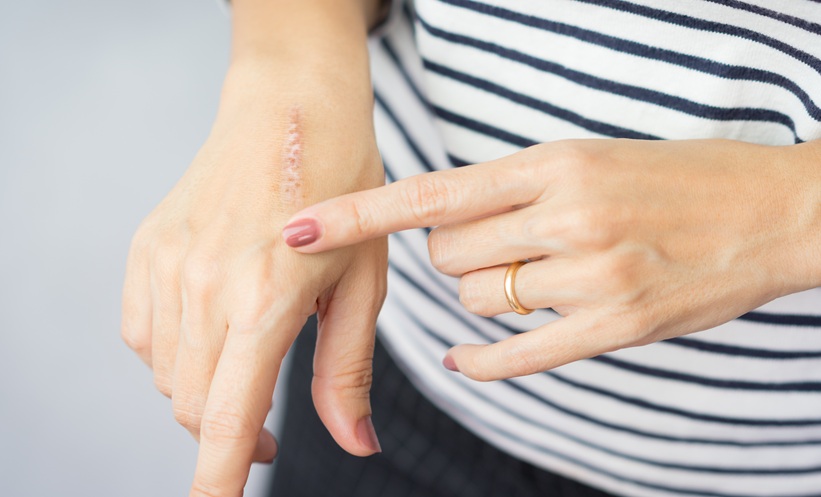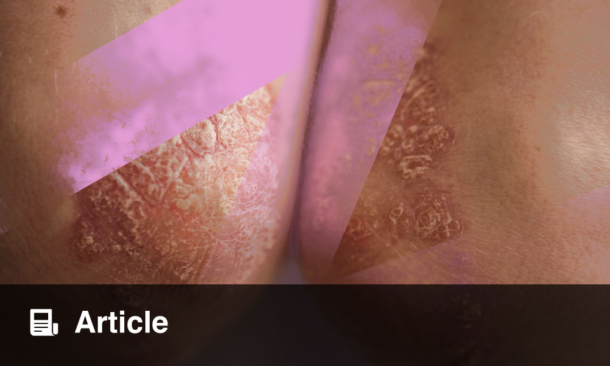BACKGROUND
In the United States, patients with skin of color (SOC) face significant healthcare disparities.1,2 Recognizing and addressing the cosmetic concerns of SOC patients through tailored treatment is paramount to achieving equitable care.3 This study aims to identify cosmetic skin concerns among women of color, quantify the level of distress associated with these concerns, and compare findings to that of non-women of color. Additionally, the authors aim to compare the interest in modern cosmetic procedures between women of color and women not of color.
MATERIALS AND METHODS
The authors conducted a cross-sectional survey study in multiple University of Miami dermatology clinics. Participants had to be ≥18 years of age, identify as a woman, and complete the Qualtrics survey in its entirety, which assessed skin type, cosmetic concerns, and interest in cosmetic procedures. Participants rated their concerns from 0–10, with 0 being no concern and 10 being extremely concerned. SOC participants were defined as those with Fitzpatrick skin type IV–VI and non-SOC as I–III.
RESULTS
Of the 136 surveyed, 38% self-identified as having Fitzpatrick skin ype IV–VI, whereas 62% had Fitzpatrick skin type I–III. Top concerns for SOC patients included hair loss/thinning, uneven skin tone, and unwanted facial hair, while top concerns for non-SOC patients were facial laxity, fine lines, and wrinkles (Table 1). SOC patients were most interested in laser tattoo removal and laser hair removal, while non-SOC patients were most interested in intense pulsed light therapy and microneedling. Microneedling with radiofrequency was the least understood cosmetic procedure amongst all patients

Table 1: Skin concerns in women of color versus women not of color.
CONCLUSION
Notably, cosmetic concerns and interests in SOC patients were distinct from those in non-SOC patients, emphasizing the importance of a tailored approach during cosmetic consultation. Allowing adequate time for patients to express their concerns and expectations can improve cosmetic care and optimize the dermatologist- patient therapeutic alliance.







